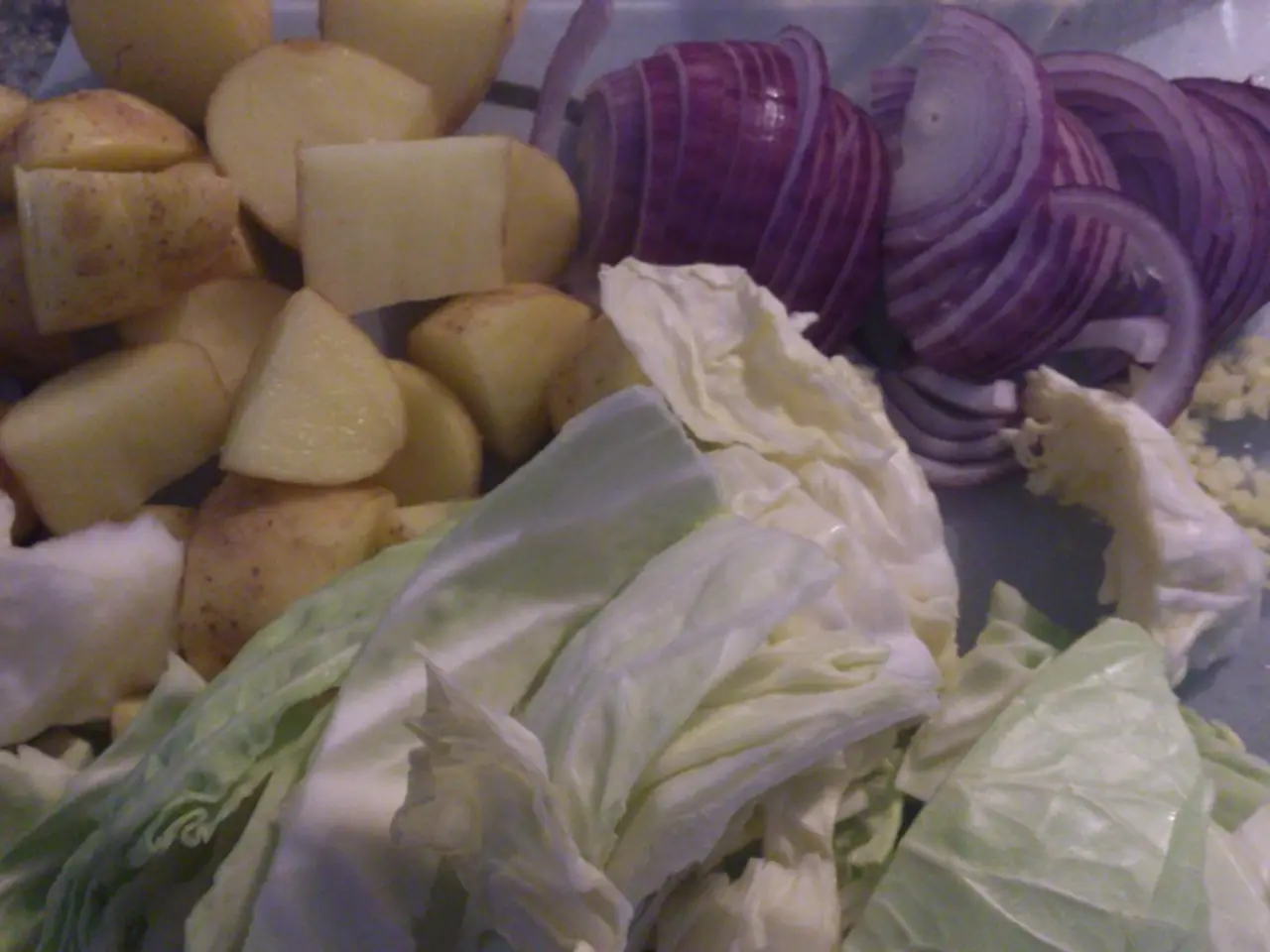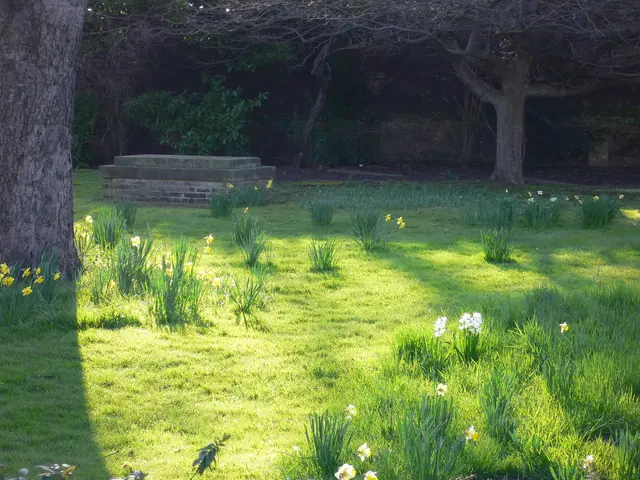January Vegetable Planting: Unleash Fresh Organic Produce to Commence Your Cultivation Journey
January may seem like an unlikely time to start a garden, but for keen gardeners, it's the perfect opportunity to get a head start on the growing season. By sowing seeds indoors, you can cultivate a variety of vegetables that thrive in cooler conditions or require a longer growing period.
In colder climates, vegetables such as peppers, eggplants, bulbing onions, cabbage, kale, Swiss chard, lettuce, spinach, and peas can be started indoors in January. These crops are either cool-tolerant or warm-loving, needing an early start indoors to mature during the growing season.
For warm-loving crops like tomatoes and peppers, starting them indoors is essential to avoid cold soil that stunts growth. Transplant them outdoors after the last frost. On the other hand, cool-season crops like lettuce, spinach, and peas prefer cooler soil and air temperatures and can be started indoors early to get a jump on spring planting.
Starting seeds indoors in January gives you a head start on the growing season, allowing seedlings to be ready for transplant after the last frost date. To ensure success, use a light potting mix or a mix designed especially for starting seeds. Keep seeds moist and warm as they germinate, and cover the tray in plastic to hold moisture in.
Containers with good drainage, such as specially designed seed trays or plastic transplant trays, are ideal. If your area is more borderline, consider using cold frames to start seeds early in the year. Once the seeds have sprouted, thin seedlings to prevent crowding.
For cool-weather vegetables like kale, it's possible to sow seeds directly outside in January in areas with mild winters. Onions take a long time to grow to maturity, so they are ideal for starting in January. When growing onions, let them get to five or six inches tall, then cut the tops back to three inches. Repeat this process until it's time to transplant the onions outdoors.
Cabbage started in January will be ready to enjoy in spring and can be grown in different types: green, purple, and Napa cabbage. Peas tolerate light frosts and can be sown in January, with the risk of transplanting outside in spring depending on your last frost date. Ensure seedlings get plenty of sunlight once the leaves are visible.
Microgreens are an easy January grow for anyone in any location and can be grown indoors year-round. Microgreens can be grown from seeds of vegetables like broccoli, radish, cauliflower, cabbage, kale, arugula, and mustard.
In colder, longer winters, choose a broccoli variety with a longer maturity period, up to 100 days. Garlic can be started indoors in January using seed garlic from a reputable vendor. Garlic cloves should be started in shallow pots and placed in a cold area, like a garage, for about two months of cooler temperatures.
By following these guidelines, you can enjoy a bountiful harvest of fresh, homegrown vegetables come spring and summer. Happy gardening!
**Summary**
| Crop | Indoor Start in January? | Notes | |----------------|--------------------------|-----------------------------------------| | Peppers | Yes | Warm-loving, early start indoors needed | | Eggplants | Yes | Similar to peppers | | Bulbing onions | Yes | Early indoor start recommended | | Cabbage/Kale/Peas | Yes | Cool-tolerant, can be started indoors | | Swiss Chard | Yes | Start indoors up to January | | Lettuce/Spinach| Possible | Prefer cool soil, can start indoors early| | Tomatoes | Yes | Must start indoors before last frost | | Carrots/Radishes| Usually direct sow | Root damage risk with transplanting |
Starting cool-tolerant crops like cabbage, kale, and peas indoors in January can give them an early start and prepare them for maturing during the growing season. For warm-loving vegetables such as tomatoes, peppers, and eggplants, starting them indoors in January is essential for avoiding cold soil that may stunt their growth, with transplanting outdoors after the last frost.








